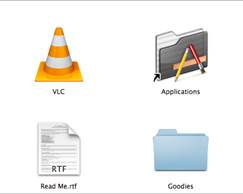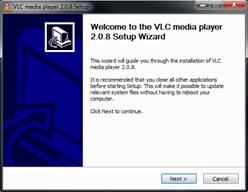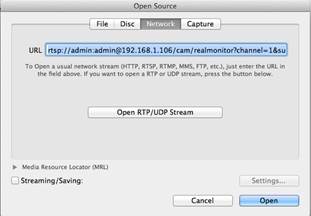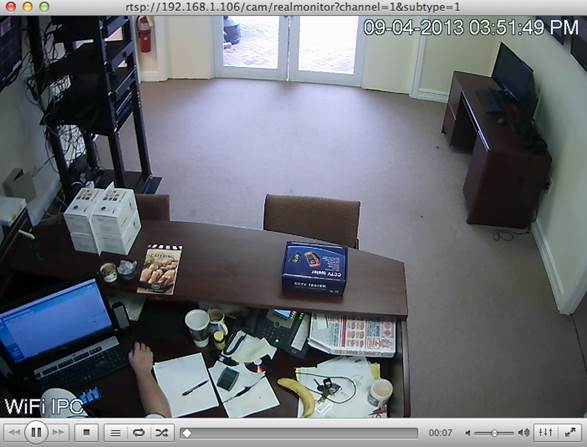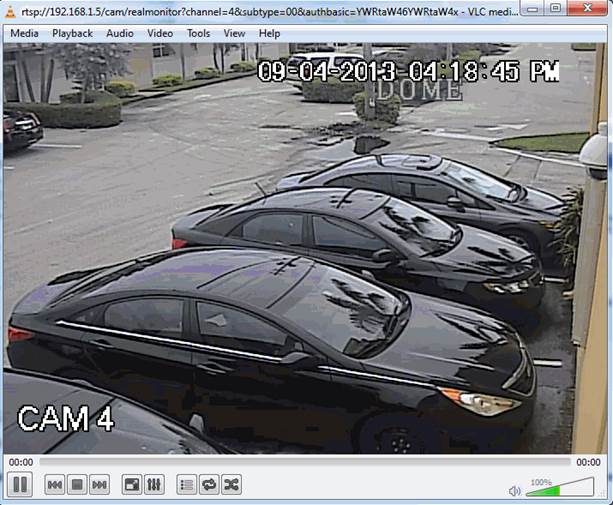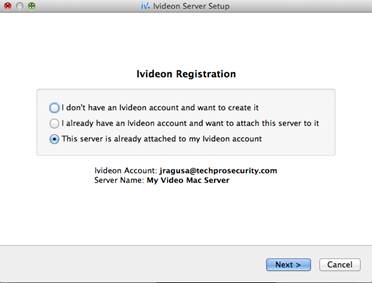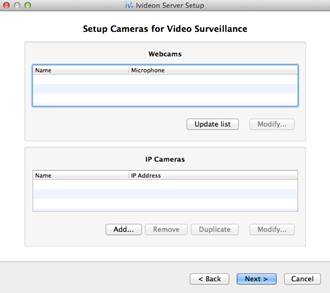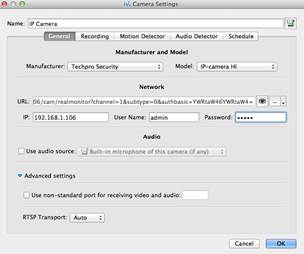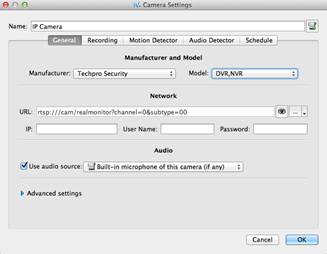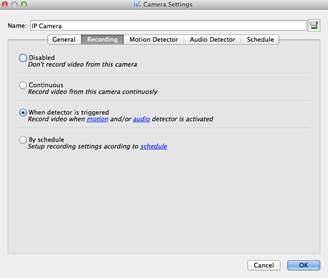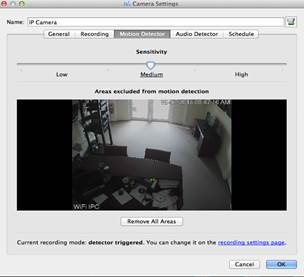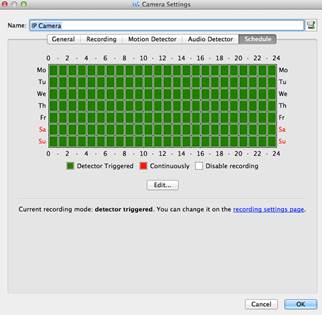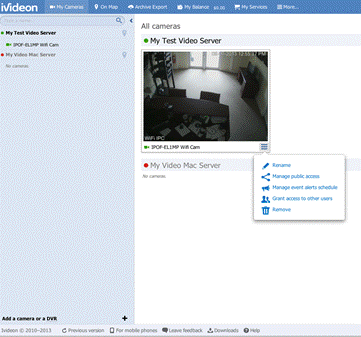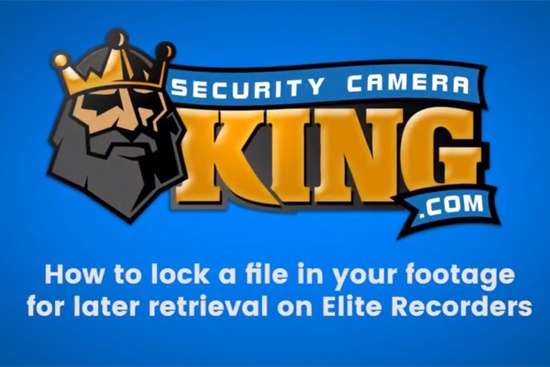In today’s world there are many ways to have access to any piece of electronics over the Internet; utilizing a phone, a computer or virtually any device connected to the Internet. In the CCTV world there is no exception. You can virtually access electronics from your phone using an app and have complete access.
In this article we will talk about integrating CCTV devices and streaming video to a phone or computer.
All of our DVRs, NVRs, and IP cameras are capable of being accessed form a computer browser or a phone. Normally there are applications that allow you to accomplish these tasks, but today I will explain some other ways to access video feeds from those devices using RTSP Protocol (Real Time Streaming Protocol).
RTPS protocol has been around for decades, and is widely used on websites to stream video content. This Protocol, like HTTP and HTTPS, is very reliable due to the fact that its connection uses a TCP handshake to obtain a fluent and steady end-to-end connection.
Our security cameras and video recorders have an RTSP stream code that will allow you to stream in real-time, video feed from a browser or Video Player. There are many RTSP video player software’s that will allow video streaming, but I have found that they are not as reliable as VLC Player. This software can be downloaded here.
The code that allows you to stream video from a DVR, NVR, and IP cameras can be found here:
DVR & NVR Code:
rtsp://DVR.IP.HERE:554/cam/realmonitor?channel=1&subtype=00&authbasic=YWRtaW46YWRtaW4==
IP CAMERAS Code:
rtsp://admin:admin@Megapixel.IP.Address.Here/cam/realmonitor?channel=1&subtype=1
The DVR and NVR code is different due to the fact that you have to assign what channel you will be streaming from that DVR or NVR; unlike IP cameras which are stand alone devices, and they don’t require choosing a specific channel to stream video.
Also, the authentication on this example is admin for the username and admin for password. You can use any password you like.
An example of streaming video from a DVR and assigning Camera #3 to be the channel to stream video, the code would look like this:
rtsp://192.168.1.108:554/cam/realmonitor?channel=3&subtype=00&authbasic=YWRtaW46YWRtaW4==
As you noticed in Red, the IP address I used is the internal IP Address of the DVR, and the authentication result is equivalent to admin. The authentication used is a Base 64 Encoding Encryption. Later on this article, I will demonstrate how to determine the password algorithm using the streaming software.
There are two main softwares that can be used and have been tested to be good RTSP streaming compatible. Those are VLC player and iVideon. iVideon can be downloaded from here.
In this example I will show you how to stream video using VLC software from the program interface itself. Then I will show an example creating an html file with VLC’s html code to embed on your site.
First you must install VLC on your computer. This software is supported by Windows, MacOS X, Debian/Linux and Red Hat Enterprise. Installation process is very straightforward. For Mac Computer, simply drag VLC’s icon to the applications Folder Shortcut and the program will be installed. Follow the instruction for PC installation.
After the software has been installed, then all you do is add the code to the application to start streaming video. To do so, open VLC player, Click File/Open Network. The following window will open allowing you to insert the stream code URL. As you can see in this example I am using the code for IP cameras. Click Open and the next window will show the video stream.
Now I will try using a DVR instead. The procedure will be the same but the stream code is different.
In this example I will use VLC on a PC. Open the application and click on Media/Open Network Stream. Input the DVR stream code and the following window will appear.
Another great software I recommend using is called iVideon. This software allows you to share the video link and embed it to a site, it has an app that can be found on your phone’s app store and is very easy to configure.
This software allows you to setup, free, up to 2 IP cameras and stream them over the Internet using a client and server application. The server version of the software will need to be installed on a computer where the cameras are located (within the same network). After the server software is installed, you will need to create an account to associate your cameras with iVideon servers. You can also have your computer act as an “NVR”. You can set a recording schedule; you can set Motion Sensitivity and other features as well. Just keep in mind that if those options are enabled, then your footage will be stored in your Local Hard Drive where the operating system is installed.
After the server is installed click on it and now you are ready to add cameras. To do so open the software and right click on General/Setup Wizard. If you haven’t created an account already please do so and click next. Under IP Cameras click on “Add…” and in the next window you will find multiple options to choose. Under Name, type any name you would like to assign to the connection. Under Manufacturer select Techpro Security.
Under model you will need to decide if you are trying to connect to an NVR, DVR or IP Camera. If a camera is selected you will have 2 options to choose, Hi and Low. If Hi is selected, then the stream code will use the resolution settings from the main stream. If low is selected then the stream quality will be from the sub stream of the camera.
Notice that when filling in the information of your camera such as IP address, username and password, the URL stream code gets generated. This is what the software uses to connect to the camera and is also a similar code to the one we were using before in VLC player.
Another great feature of this software is the ability to record to your computer based on event. You can virtually have these cameras record to your PC when motion is detected or even based on a Schedule you configured. Below are some snapshots:
Once you have configured the necessary settings then you are ready to stream video and access it from anywhere. Go to iVideon.com and sign in if you haven’t done so yet. Once you are logged in, you can see the cameras attached to the iVideon Server. Click on the picture of the camera and right away the video will appear showing you live video from your megapixel cameras.
There you will have the option to share and grant permissions to users to view live video. Finally, the most important feature of all is the embedded code the site creates for you to add in your website. Here is an example of a video link.
I hope this article has been useful to you for adding video cameras to your website, and showing another method of surveillance that is easy to configure and reliable.



